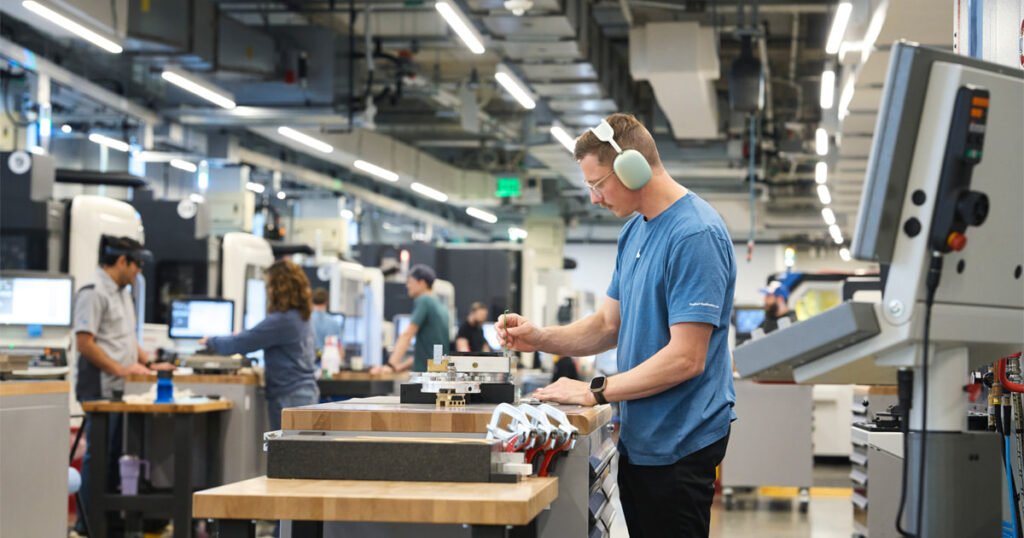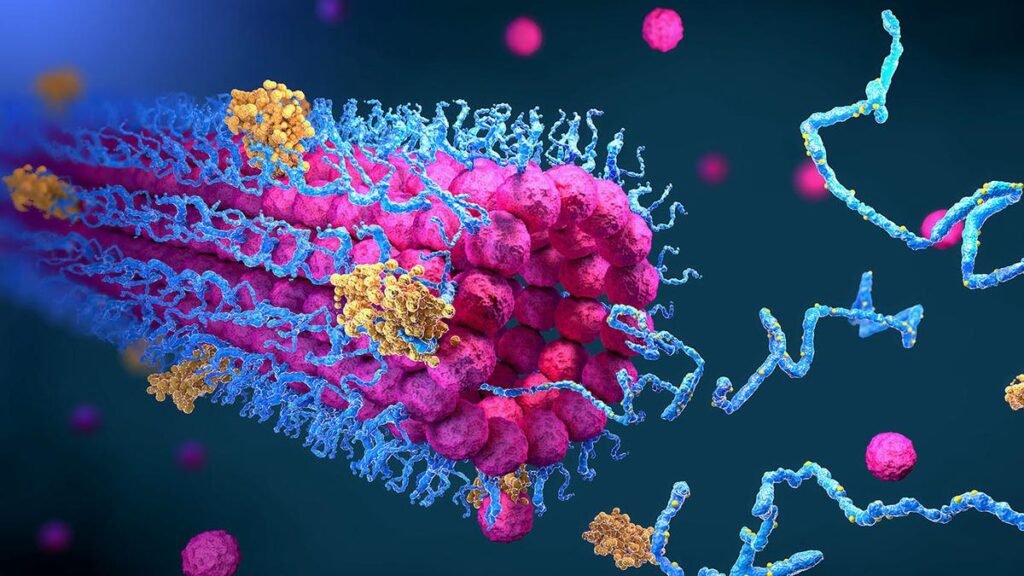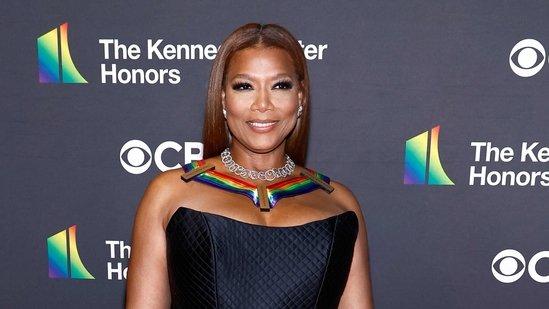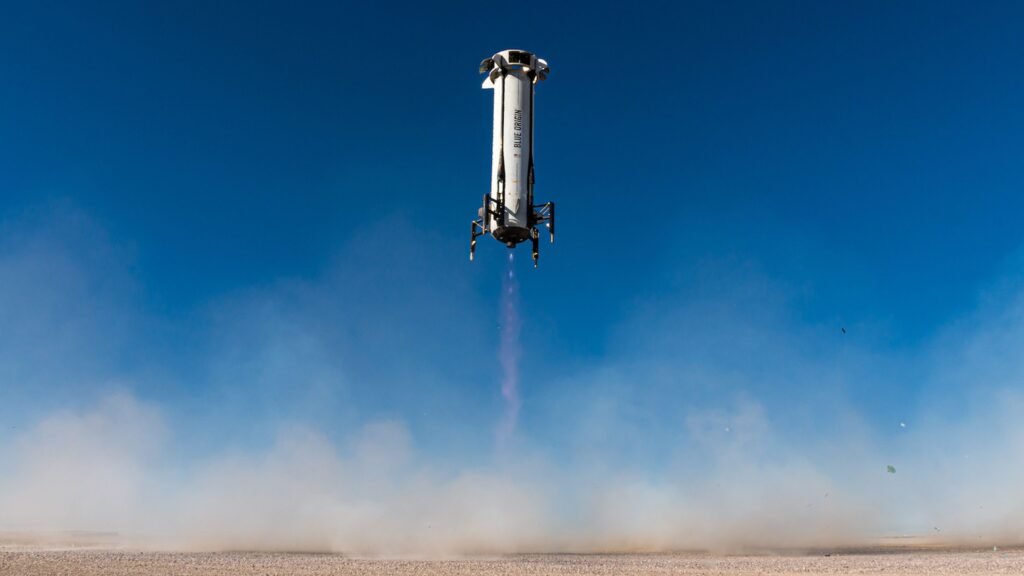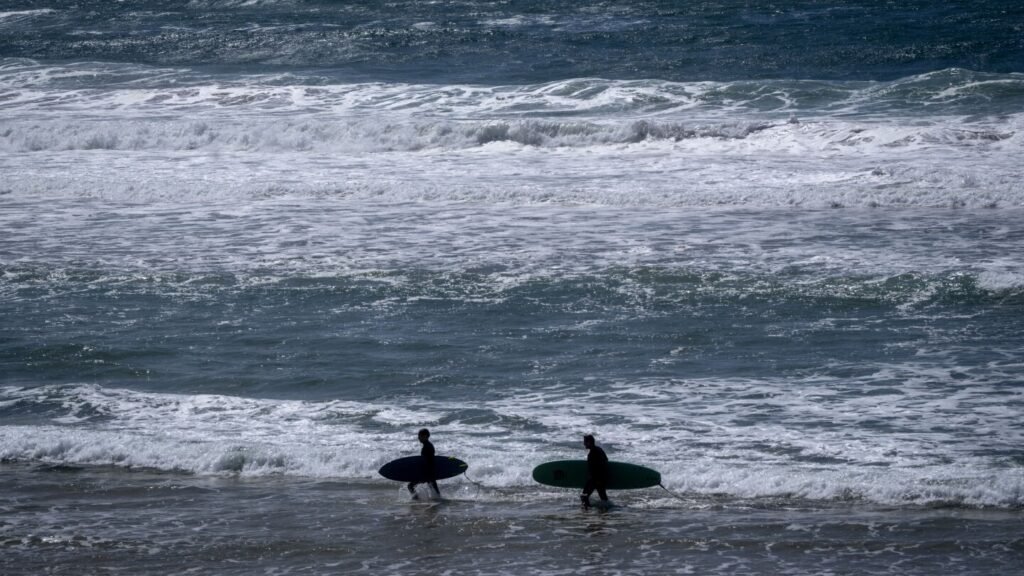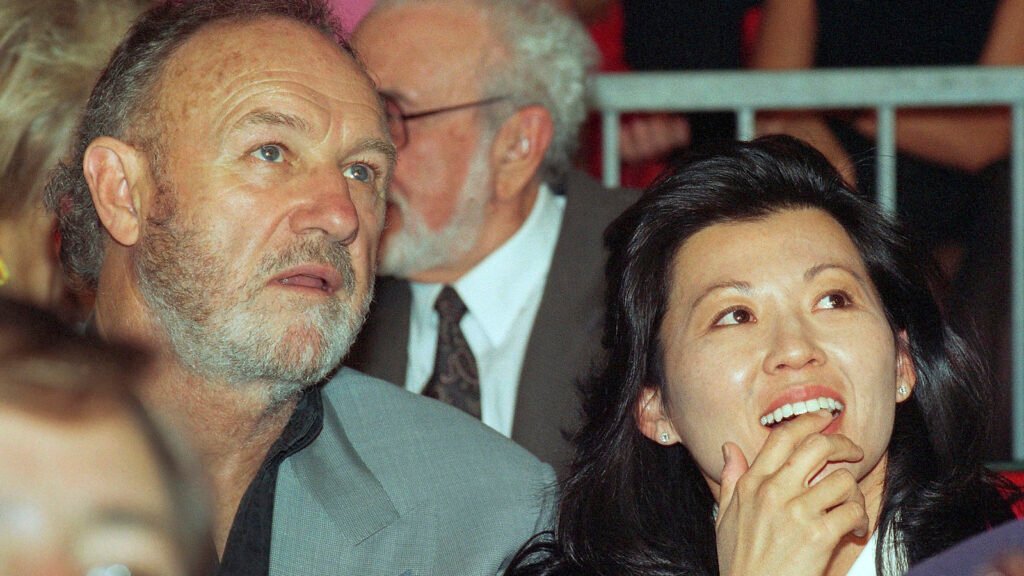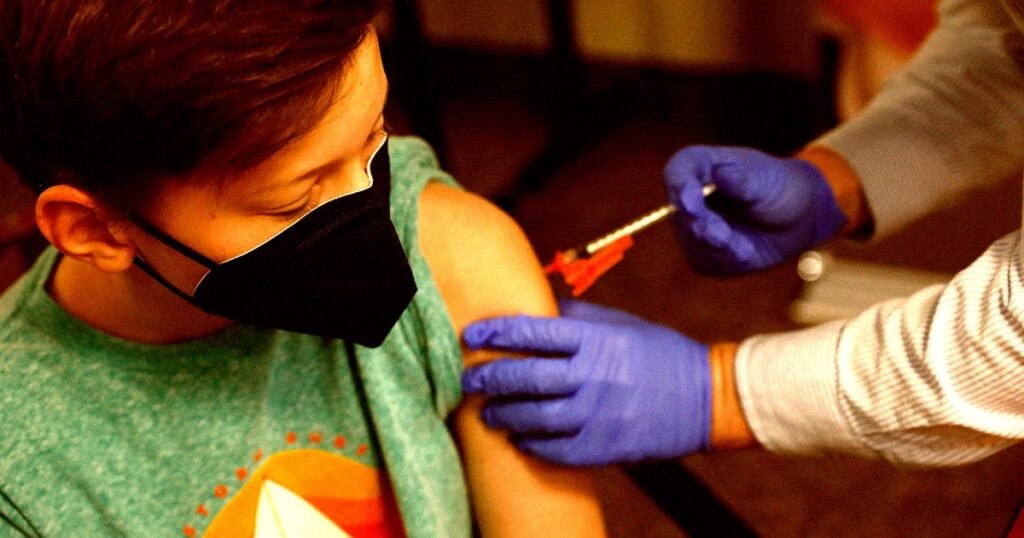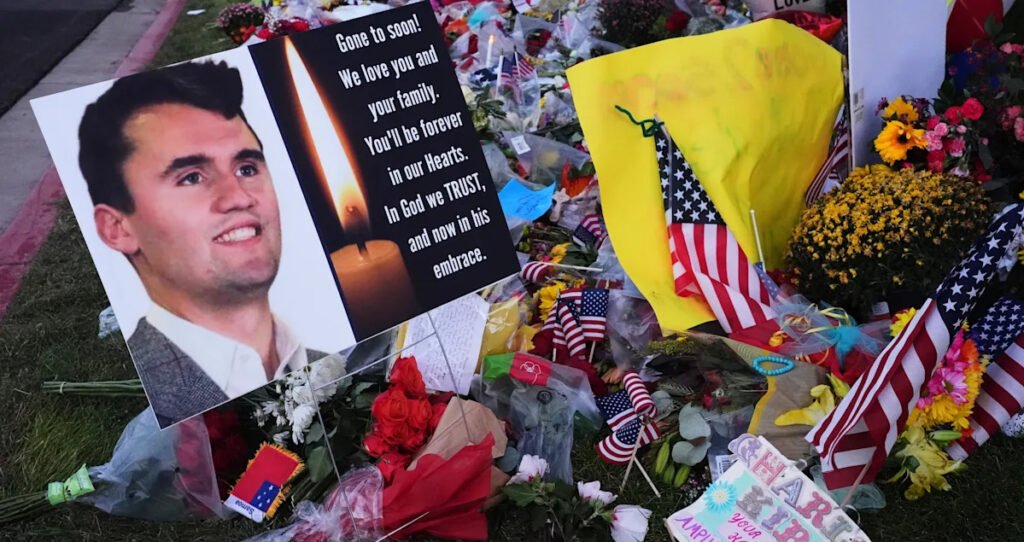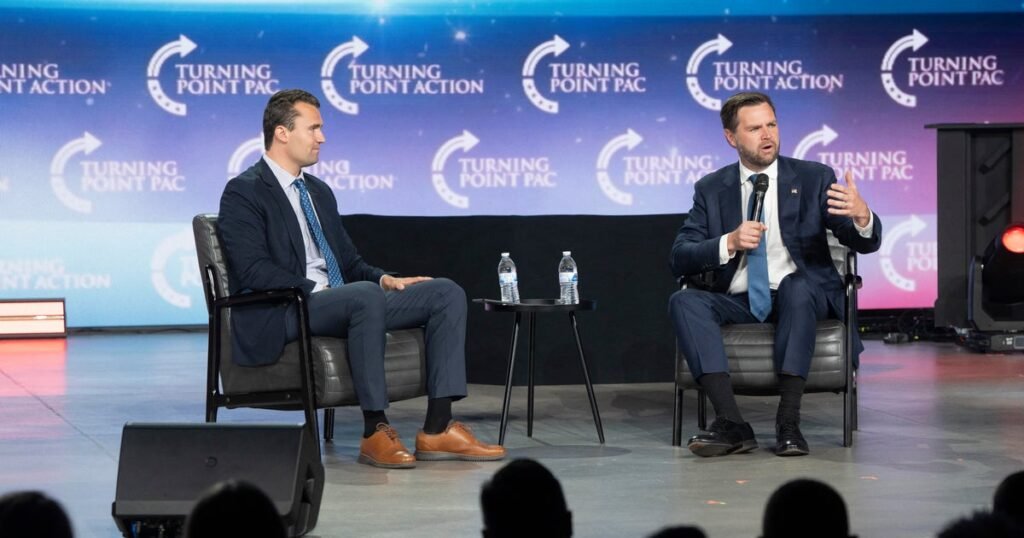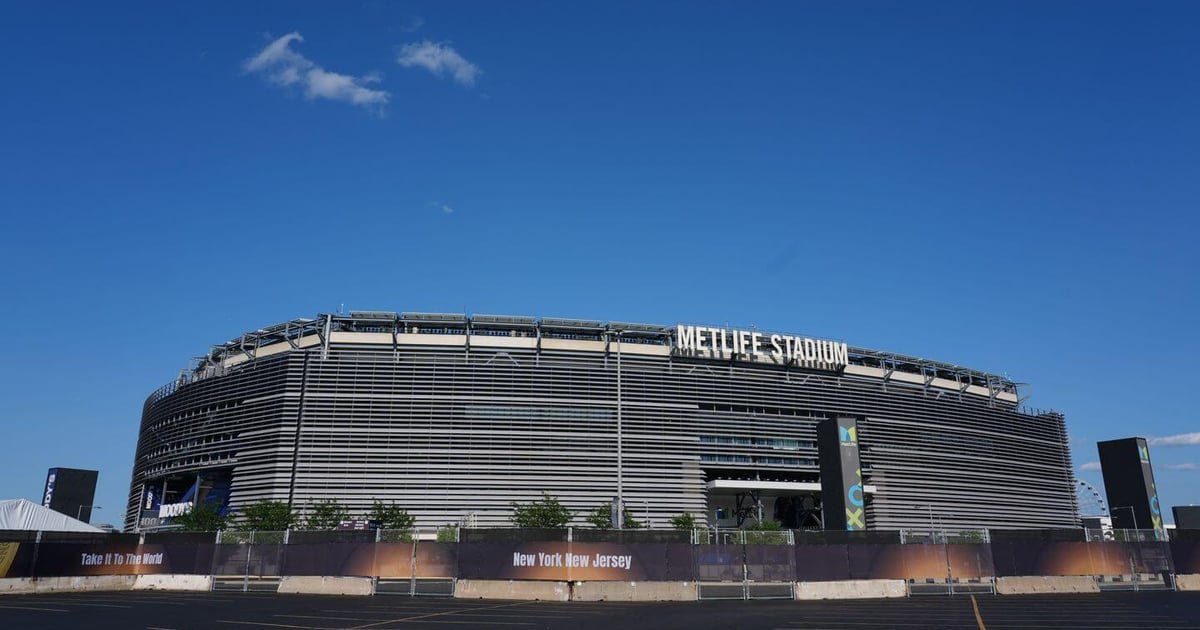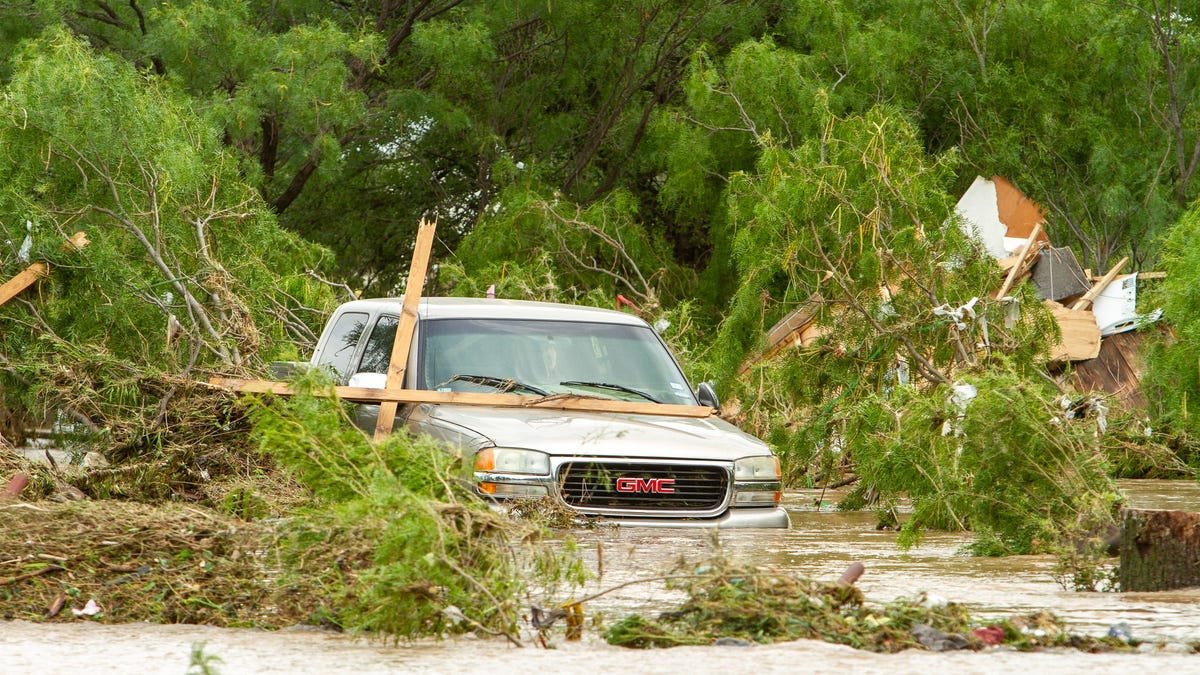Now Reading: Maryland aging slightly faster than U.S. as a whole, new Census numbers show
-
01
Maryland aging slightly faster than U.S. as a whole, new Census numbers show
Maryland aging slightly faster than U.S. as a whole, new Census numbers show

Some of the fastest aging is occurring in central Maryland counties.
This article was republished with permission from WTOP’s news partners at Maryland Matters. Sign up for Maryland Matters’ free email subscription today.
America is aging, but Maryland is aging faster.
Those are the findings of new Census numbers that show the number of Marylanders age 65 and older grew by 3.35% from 2023 to 2024, while the number of those under age 18 fell by 0.06%. Nationally, the increase of older adults was 3.1% while those under 18 shrank by 0.10%.
The state’s population overall rose by more than 45,000 last year, the most since 2015. While the one-year numbers are relatively small, analysts say they continue recent trends: The country’s median age and the population’s share of older adults are both continuously increasing.
“Children still outnumber older adults in the United States, despite a decline in births this decade,” Lauren Bowers, chief of the Census Bureau’s Population Estimates Branch, said in a statement. “However, the gap is narrowing as baby boomers continue to age into their retirement years.”
The number of states where those over age 65 now outnumber children has grown from just three in 2020 to 11 in 2024, though Maryland is not yet one of those states.
While the state’s 6.2 million residents overall are aging slightly faster than the rest of the U.S., some of the fastest aging is occurring in central Maryland counties, while some of the rural counties are seeing their populations age differently.
In Western Maryland counties like Allegany and Washington, for example, or Somerset and Talbot counties on the Eastern Shore, the 65-and-over population rose less than 2% year to year. And the median age fell or stayed the same in all four counties.
Among counties with rising median ages, Howard County saw the largest increase, going from 39.9 years in 2023 to 40.3 in 2024, according to the Census data.
Jie Chen, director of the University of Maryland, College Park’s Center on Aging, said the aging disparity between rural and urban areas stems from differences in resources. Most communities that can work to make themselves age-friendly tend to be in urban areas, she said.
“The rural areas usually have worse access to health care, housing and transportation,” Chen said. The lack of rural hospitals can lead to delayed diagnosis and treatment for older residents, she said.
She said communities are aging primarily due to advancing technology and the state’s improving economy.
“People live happier and longer,” said Chen, also the chair of the university’s Health Policy and Management department. “It’s not a bad thing.”
But, Chen added, the declining birthrate among young people has led to the state’s disproportionate ratio of older and younger residents. She attributed that decrease in birthrate to cultural shifts and reluctance to start a family given the high cost of living.
Chen said there is plenty of room for improvement in how resources are allocated for aging residents, especially in the health care system, to ensure aging residents can live happily and healthily “without sacrificing anyone else’s benefits.”
Benjamin Orr, president of the Maryland Center on Economic Policy, said the trend is nothing surprising.
“The United States as a whole, our population is getting older,” Orr said. “Maryland’s population is no exception.”
Orr said the goal is for the state to have a healthy “working age” and under-18 population, but the state doesn’t need “explosive growth” in those groups.
An aging population can lead to slower economic growth, he said, and shifting government spending priorities as the state covers increasing health care and Medicare costs.
“We also know that people who are still in the workforce typically pay more taxes,” Orr said. “So an aging population can put further strain on government budgets, not just because they may need more services, but also because they may be paying” less payroll taxes or not spending as much.
Orr added that Maryland is already doing many of the right things to attract working age adults and young families, such as a higher minimum wage and good public schools.
The Census data also showed a continuing shift in Maryland’s racial demographics over the last five years.
Since 2020, the state’s Hispanic population has increased by almost 14%, while its Black and Asian populations saw more moderate increases. The number of non-Hispanic white residents shrank by more than 100,000 people, while the state’s Hispanic population last year alone grew by about 30,000 people.
In an interview with Maryland Matters, Bowers said the trend in Maryland also mirrors the rest of the country. Since 2020, the U.S. Hispanic population has increased by just more than 6 million people, she said.






